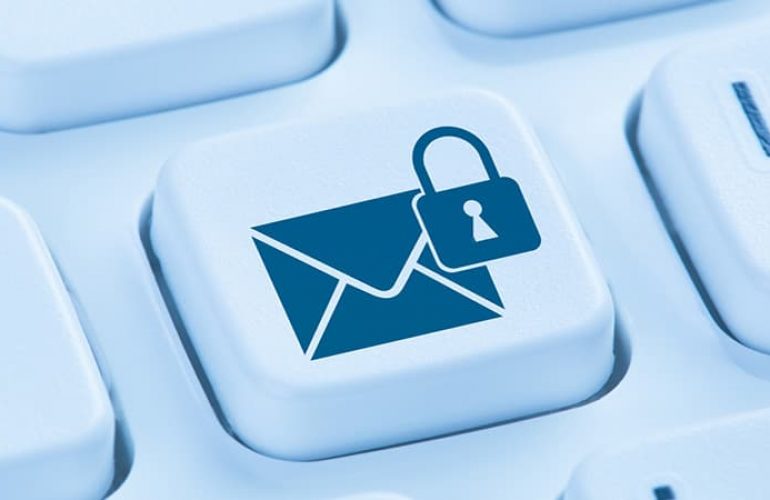Secure, encrypted texting is more crucial than ever in today’s environment, with accusations that the National Security Agency (NSA) is spying on US individuals and the United Kingdom, requiring Internet Service Providers to record their customers’ online activities. If you use regular, encrypted messages, such as that provided by your wireless carrier, you’re exposing yourself to a carrier and government monitoring, as well as hackers and thieves.
An encrypted message prohibits some outside entities from reading it, even if they receive it.
Without the right keys to decrypt the communication, only the sender and recipient can read its information. End-to-end encryption for user-to-user text messaging is provided by encrypted messaging (also known as secure messaging). Encrypted messaging ensures that no one can listen in on your text exchanges. Many encrypted messaging apps also provide end-to-end encryption for phone calls made through the apps and files sent through the apps.
Encryption is the process of encrypting data in such a way that only the intended recipient can see it. Julius Caesar, the Roman Emperor, is said to have employed a primitive type of encryption to relay messages to his general’s millennia ago.
When you were in elementary school, you may have used a simple type of encryption to send “secret” messages to your classmates. While the encryption employed in today’s secure messaging apps is far more advanced and secure than any secret code you learned in elementary school, the essential premise remains the same.

To turn information into what appears to be random characters or symbols; modern data encryption employs a cypher algorithm. Anyone who does not have access to a special key required to decode the information and make it legible will be unable to read it. The Public Key (Asymmetric) and Private Key (Symmetric) approaches are two current encryption methods.
While these two encryption systems are similar in that they both allow users to encrypt data to keep it safe from prying eyes and then decode it for viewing by an authorized party, they differ in how they carry out the stages involved in the process.
Encryption using a Public Key
Key that is made public (Asymmetric) Encryption uses a recipient’s public key, as well as a private key that matches the public key mathematically. After that, a user can send a message that is encrypted using the public key and decrypted by the recipient using their corresponding private key.
Encryption of Private Keys
The Private Key (Symmetric) Encryption method is similar to the Public Key Encryption method in that it requires two keys to encode and decode data






